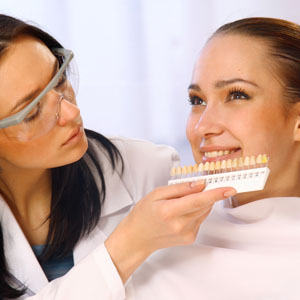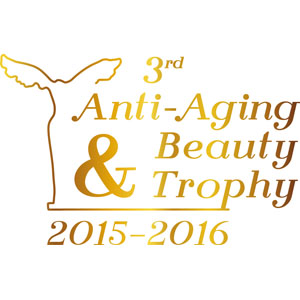By Doctor Laurent Dumas
Fighting the onset of hair loss is not a new thing, but recent advances both in medicine and surgery now enable this to be done in a natural-looking way. The most common type of hair loss is androgenetic alopecia, which affects both men and women. Other than hair grafts, the majority of treatments only serve to slow down, rather than stop, hair loss.
Topical treatments
2 or 5% minoxidil solution is a very well-known treatment that stimulates hair growth by prolonging its lifespan in the anagen phase. It brings hair loss back to a normal rate in a third of cases.
PRP (platelet-rich plasma) is a technique widely used in orthopaedics, dentistry and cardio-vascular medicine. Blood taken from the patient is placed in a centrifuge in order to collect plasma rich in growth factors. Coupled with FUE, PRP can be injected into the recipient area to help the graft take and to reduce the “shock loss” effect on the existing hairs. In the donor site, it increases the speed and quality of healing. In isolation, primary evaluations have enabled us to observe an increase in the number of hairs and in their diameter.
Mesotherapy has also proved effective for preventing and treating hair loss. The transdermal application of a solution containing poly-revitalising active ingredients and hyaluronic acid (NCTF 135) has led to more dense hair regrowth.
The effectiveness of this technique is increased when associated with red LEDS.
Medical LEDs have been used to treat hair loss since 2009 and several publications have recorded regrowth. They work by stimulating the hair bud. Specific wavelengths penetrate the deep dermal layer and kick start ATP synthesis in the mitochondria. The cells within the follicular unit thus receive more oxygen as the local microcirculation is improved. The ideal treatment programme spans three months, with one mesotherapy session every two weeks and one to two LED sessions per week.
Medicinal treatments
Finasteride, an androgen blocker prescribed for men, leads to an improvement in two thirds of cases. Side effects are rare, and tend to be a decreased libido and erectile dysfunction. In women, the hormonal treatments prescribed combine oestrogen with either an androgen blocker or progestogen. Nutritional supplements can be useful for treating the early onset of alopecia or seasonal hair loss. They contain vitamin B5, biotin, cysteine, vitamins B2, B6, E and iron.
Hair grafts
The only effective surgical technique for a thicker, permanent and natural-looking head of hair, hair grafts are increasingly coupled with PRP and LED treatments before, during and after the graft procedure. The theory is straightforward: take hairs from where they are plentiful (hippocratic crown) and implant them where they are lacking. Undetectable micro-grafts make the implanted hairs look extremely natural.
There are two harvesting techniques: the classic “strip harvesting” technique, which leaves a scar, and FUE, which is scar-free in 95% of cases. FUE harvesting, which is pain-free and performed under local anaesthetic, is carried out in just a few hours. FUE harvesting is microscopic, carried out using a 0.7mm motorised punch tool, and leaves no visible marks. Only recently, this phase has been carried out on unshaven skin, i.e. on long hairs, and therefore requires no downtime. Advanced FUE is at the cutting edge of all of the latest techniques, achieving high hair density and luscious, natural-looking results that are reliable and adapted to each patient. The number of grafts, their distribution and the creation of a front hairline that gives an aesthetically-pleasing final result are all important aspects to consider. The micro-implantation is carried out step by step in order to achieve optimum hair density, using a special needle that minimises localised damage to implant the graft.
Surgeon, specialist in plastic and cosmetic surgery (PhD Paris V) and member of the SOFCEP and ISAPS (International Society of Aesthetic Plastic Surgery).
Medical consultant for pharmaceutical companies. Medical expert and tutor of aesthetic medicine and injection techniques.
















